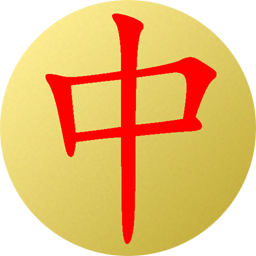SmartHanzi includes two sources for etymology:
1) All editions include data from the Etymological Dictionary of Han/Chinese Characters (former website Kanji Networks) by Lawrence J. Howell and Hikaru Morimoto, for 6000+ characters.
2) Some editions include references to Chinese characters - Their origin, etymology, history, classification and signification by Dr. L. Wieger, S.J.
Wieger's book was first published in 1899 (French) and 1915 (English). It is based on the "Shuowen jiezi" (说文解字/說文解字) published around 120 CE, a classical reference in China. It does not include the 20th and 21st century discoveries and therefore is technically wrong in many respects. However it reflects the Chinese tradition and culture. It is what many Chinese know about their writing.
There is definitely a need for research about the true origin and development of Chinese characters. Howell and others like Axel Schuessler contribute to this research.
For most students, whether the etymology is real or just traditional does not matter. The point is to have mnemonics and memorize characters: Se non è vero, è ben trovato (Italian saying). Consciously or not, Chinese children learn a lot of etymology at school and at home.


